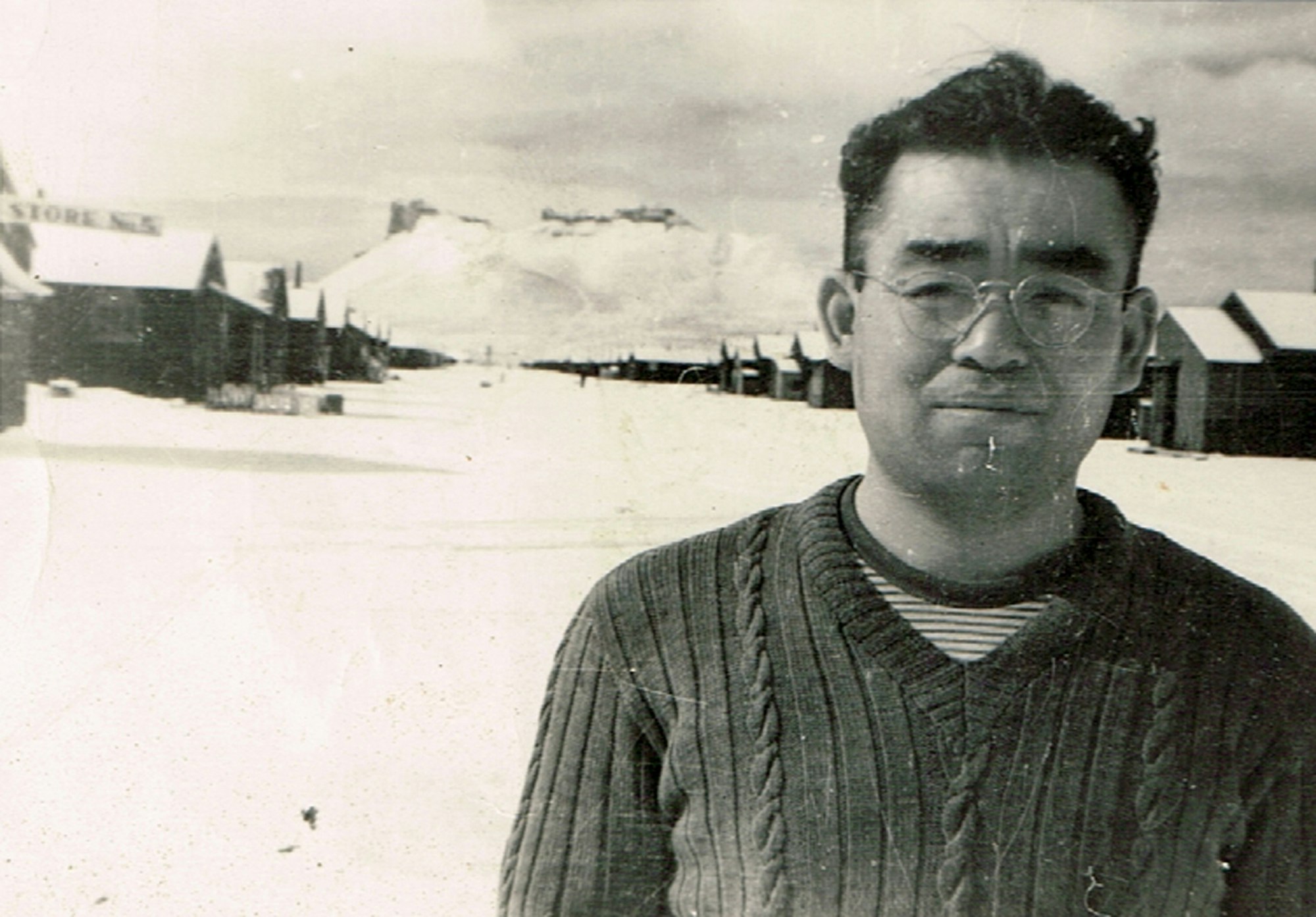The understanding of the history of Japanese Americans has long been skewed by an emphasis on Americanized, English-speaking Nisei. Leaving out the Japanese-language record has fed an incomplete, assimilationist narrative that obscures the impact of Issei and Kibei.
The very term "Japanese American" can impose assimilationist ideals on this history which can distort and confuse. That's one reason why in our project we're preferring the term "Nikkei" to refer to people of Japanese descent, and Nikkei in the U.S. as "U.S. Nikkei."1
In the 1920s and 1930s many Issei sent their Nisei children to Japan for their education, to maintain the Japanese language and Japanese cultural traditions. Another reason was the passage of the Immigration Act of 1924, which barred Japanese immigrants from naturalization in the U.S. gave families cause for concern that Issei might be deported. As a result, they tried to prepare their children for life either in the United States or Japan.


After Japan attacked Pearl Harbor and the U.S. declared war on Japan, fervent pro-Americanism and assimilation became the dominant survival strategy of the Nikkei in the U.S. Recently returned kibei found themselves under heightened suspicion from their own community as well as U.S. government agencies.

